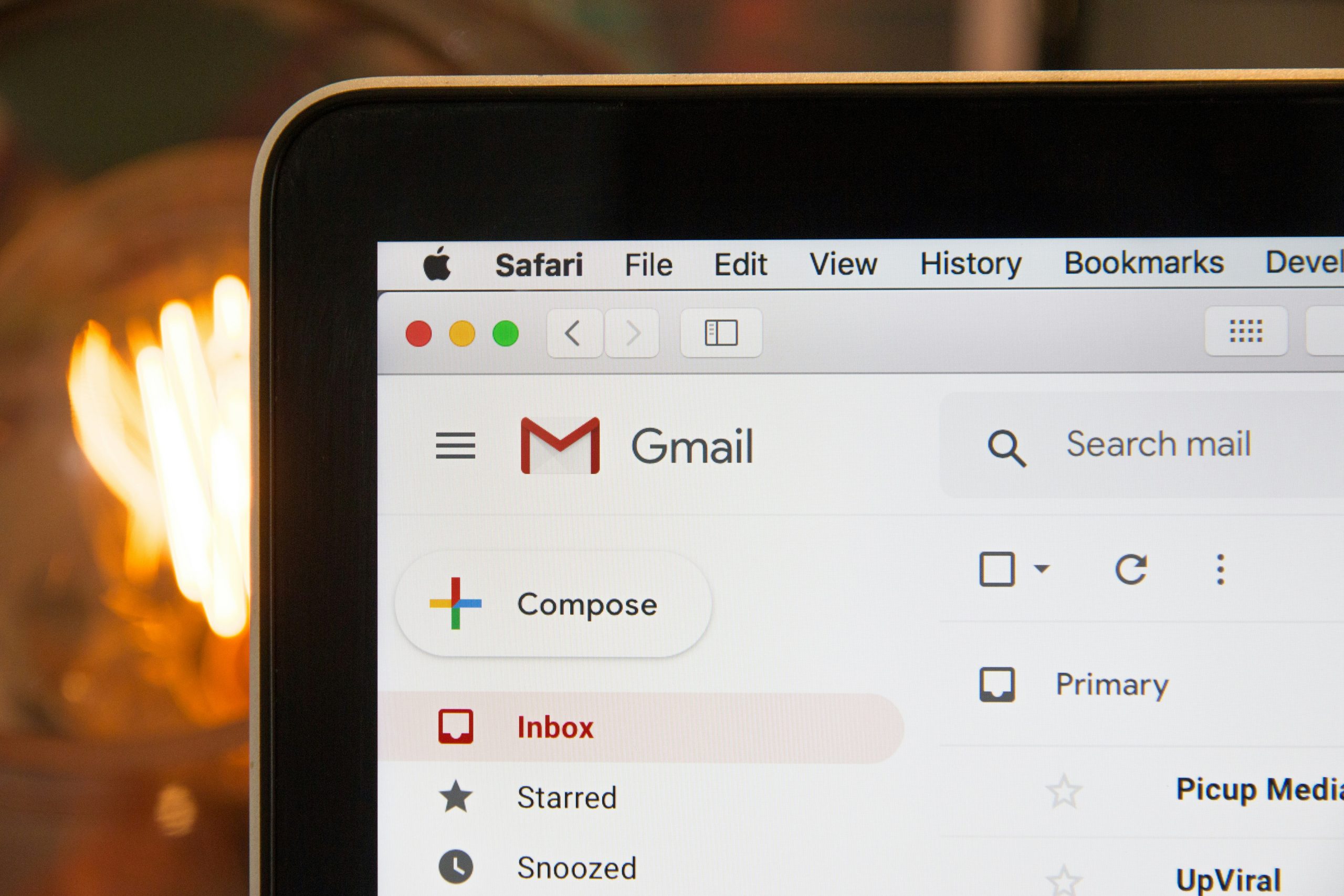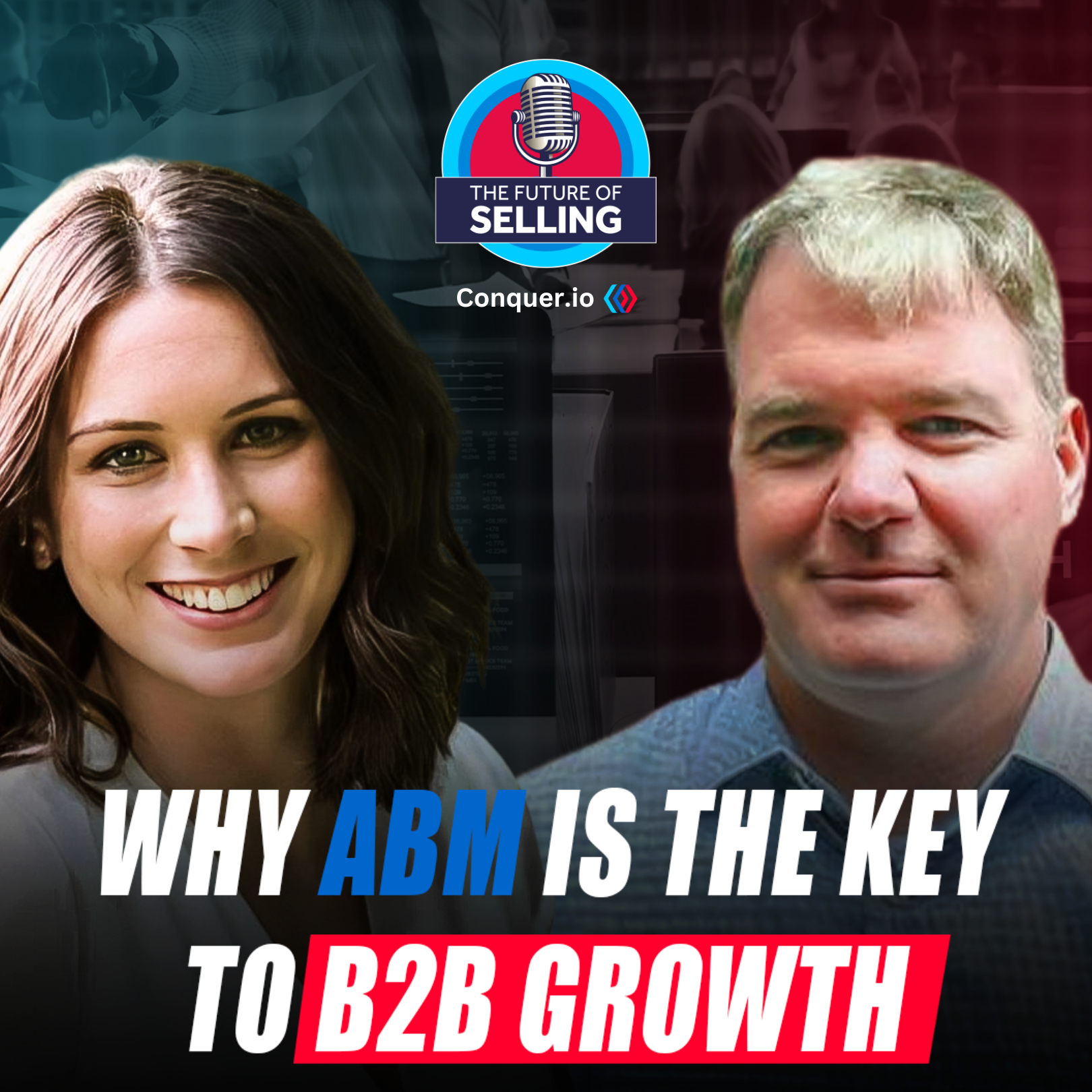Email is a powerful sales tool, but only if used effectively. Crafting effective sales emails requires a mix of art and data, along with a thoughtful approach.
By 2025, the number of global email users is expected to be 4.6 billion, with over 376 billion daily emails being sent and received.
You and your team need to take a strategic approach to sales emails by understanding what it takes to craft emails that prospects want to respond to.
Up to 70% of salespeople give up if they don’t get a reply to their 1st email. Yet, this is not the recommended approach to sales prospecting. Follow-up emails typically receive a better response rate than the first email. “Giving up” won’t deliver the sales results you need and is never the right approach.
Sure, writing sales emails is tough, especially cold emails, but when crafted correctly, they convert.
Here’s how to craft sales emails that open conversations, build trust, and convert strangers into connections.
What Is a Cold Email?
A cold email is any email sent to a prospect with whom you do not yet share a connection. Unlike spam email, cold emails include your real name, your contact information, a sales motive, and most importantly, they’re personalized and targeted.
Unless you’re sending a follow-up email, what you’re likely sending is a cold email. Your cold email should include a highly specific and relevant request, yet not be pushy or annoying. Finding this balance is what will set you apart. Make sure to infuse your message with as much context as possible.
Getting Your Prospects’ Attention — The Power of Subject Lines
Strategic email prospecting remains one of the most effective ways to reach your target audience. The key word here is strategic. Before you send out your first round of emails, you need to consider who you’re sending to, what you’re writing, when you’ll send it, etc.
Although sales emails have eight times more opens and clicks, producing six times more money than other types of emails, only 24% of sales emails are opened. Emails are extremely effective, but you have to entice people to actually open them. If prospects don’t bother opening your email, your campaign has no legs.
All components of an email are important, but effective subject lines are crucial. The subject line is what draws someone’s attention, and if interesting enough, motivates the recipient to open the email you so carefully created.
These stats put the importance of a well-executed subject line into perspective:
- 35% of email recipients of email recipients open an email based solely on the subject line
- Email is categorized as “spam” based solely on the subject line by 69% of recipients
Tips to Create the Perfect Subject Line
Considering the average mobile screen fits four to seven words in the subject line, keep your subject lines short and sweet, yet impactful. The goal here is to pique interest — not sound like a salesperson.
Some examples of good subject lines, depending on your objectives and target clients, include:
- Thoughts about [a recent blog post that’s gotten a lot of attention]
- Ideas for [something of importance to the prospect]
- [Name of a prospect’s company] for B2B sales
- Quick request
- Question [about a recent event]
Don’t Forget the Opening, Body, and CTA
Once a prospect has opened an email, it better deliver. That means you’ve got to follow through with some relevant, helpful information.
Three more essential elements to any effective sales email include:
- the opening
- the body
- a strategic call-to-action (CTA)
For the opening, avoid the expected “Hi, my name is…”.
Instead, talk to your reader, opening with something a little more impactful. For example, “I saw that we both…” or “I noticed you…”. If you have a mutual connection, now is a good time to highlight that as well.
Get into the habit of referring back to your customer profile. Are your prospects more traditional or formal? When you understand your prospects, you’ll automatically increase your rate of success. Following your first line, the opening content should do three things:
- Establish context for why you’re emailing that prospect
- Build a sense of trust and credibility
- Offer a natural transition into your pitch
The ultimate goal here is to accomplish all of the above in just one or two sentences.
When it’s time to craft the body, think about what it is you’d like to achieve. The only way to effectively structure an email is to know exactly what you want to get out of it.
For example, do you want your prospect to click through to make a direct sale? Do you want to draw interest so that they schedule a call or appointment? Are you trying to get them to start a free trial? Depending on what your goal is, the body of your email will significantly vary.
In this portion of the email, it’s all about the sales pitch — tell a story and clarify the problem you plan to solve.
As Richard Harris said, “You need to be able to paint a picture in a conversation. The lost part of sales is the storytelling side.”
Although the content will vary depending on your goal, as discussed above, your pitch should focus on the following:
- Provide enough context about who you are and why you matter. Credibility is important here. This is a good opportunity to highlight a quick and clear result similar customers have already experienced from using your product or service.
- What is the problem you will solve? Wrap up this answer in one impact sentence.
- The benefits of what you offer, focusing specifically on benefits that you prospect can relate to. This is a good place to use quick-to-read bullet points.
Here’s an example of a cold email:
[First name],
[The name of your company] has a new [platform/product/service] that will help [you/your team] at [their organization].
[One strategic sentence pitch]. We achieve this by:
- Benefit or feature one
- Benefit or feature two
- Benefit or feature three
It appears that we are a great fit for what you’re currently working on. I’d love to jump on the phone and share more details with you. If you have a few minutes this week, please schedule a call.
Thanks,
[Your name]
Last But Certainly Not Least, the Call-to-Action (CTA)
Your CTA could be as simple as 2-3 words. However, if your sales email doesn’t include one, you’ve failed. As a salesperson, it’s your job to take your prospects on a step-by-step journey. To succeed (whether that means the prospect signs up as a customer, schedules a call, books a demo, etc.), they need guidance. You’ve set them up for what you want them to do, so show them how they can achieve that.
The most important thing here is to not overcomplicate things. Keep your CTA clear and simple. Also, don’t stuff your email with CTAs. Have one objective, otherwise your risk overwhelming your prospects with choices.
If you want the prospect to book a demo, give them times and dates so there’s less work for them. Give them options to reduce friction and encourage immediate action.
You’ll also need a signature. For many salespeople, it’s an afterthought — when in reality, it’s a valuable tool. Again, keep it short and simple. Be professional and stay on-brand. In addition to your contact info, provide a link to your online profile of choice — LinkedIn, Facebook, etc. This offers the prospect another gateway to connect with you. You can also include something more interesting, such as a press feature, webinar recording, case study, YouTube video, etc.
It’s all about knowing your audience and speaking to prospects in a way that encourages them to take action.
In Summary
Before you write a single word of your next sales email, know your audience and develop a goal.
Then, focus on the subject line and first sentence. The vast majority of your prospects will be scanning emails. If you do not capture their attention, your sales pitch will never be seen.
Next, research and personalize. Leverage social media and search engines to better understand your prospect. What is their current title? What projects are they currently working on? What are their interests? Knowing this information will dramatically increase the chances that your email will be opened, read, and most importantly, replied to.






